-prolong the timeline of the environmental clean-up
The comments may not have made a difference in Enck's mind ultimately, but it was still important to capture them for the record.
The final administrative agreement and order released today allows New York City to locate an eight million gallon retention tank in New York City’s preferred location, known as the “Head-of-Canal” location, but it also holds the city to a strict schedule with monetary penalties imposed if violations of the schedule occur. Also, the EPA can require New York City to place the tank in the Thomas Greene Park location instead if certain activities do not occur on schedule, including if New York City is not able to acquire the land at the Head-of-Canal location within approximately four years. Locations for staging and other work related to the construction of the 8 million gallon retention tank will be acquired by New York City as part of the ongoing design phase of the project.
“The New York City Parks Department prefers not to have a large sewage retention tank
permanently located in a city park,” said Judith A. Enck, EPA Regional Administrator. “The EPA is committed to preserving urban parkland and worked with the City of New York on this alternate location. This alternate location meets the dual goals of cleaning up the canal while also protecting urban parkland.”
More than a dozen contaminants, including polycyclic aromatic hydrocarbons (PAHs), polychlorinated biphenyls (PCBs) and heavy metals such as mercury, lead and copper, were found at high levels in the sediment in the Gowanus Canal. PAHs and heavy metals were also found in the canal water. PAHs are a group of chemicals that are formed during the incomplete burning of coal, oil, gas, wood, garbage or other organic substances. PCBs were used as coolants and lubricants in transformers, capacitors and other electrical equipment, and their manufacture was banned in 1979. PCBs and PAHs are suspected of being cancer-causing and PCBs can have neurological effects as well. To this day, people can still be found fishing in the Gowanus, despite advisories about not eating fish from the canal. In 2010, the Gowanus Canal was added to EPA’s Superfund list of the nation’s most contaminated hazardous substance sites.
The EPA issued its final cleanup plan for the Gowanus Canal Superfund site on September 27, 2013. The cleanup includes dredging contaminated sediment that has accumulated on the bottom of the canal as a result of industrial and sewer discharges. The dredged areas will be capped. The EPA’s cleanup plan also calls for the construction of two sewage and storm water retention tanks to significantly reduce CSO discharges from two key locations in the upper portion of the canal. These discharges are not being addressed by current New York City upgrades to the sewer system. Without these controls, CSO discharges would re-contaminate the canal after its cleanup. The plan also includes controls to prevent other land-based sources of contamination from compromising the cleanup. The canal design work is expected to continue for another two years, including a dredging and capping pilot which the EPA expects will be initiated at the 4th Street basin in 2017, followed by the start of full-scale cleanup construction at the top of the canal in 2018.
The EPA’s cleanup plan assumed possible locations for the two tanks, both owned by New York City -- the Thomas Greene Park location for the larger tank at the top of the canal and the Department of Sanitation salt storage lot located at 2nd Avenue and 5th Street for the smaller tank in the middle of the canal. The cleanup plan specified that the final locations would be determined during the design phase of the project. The EPA and New York City have already agreed that one tank, with a capacity of four million gallons, will be located at the Department of Sanitation salt storage lot.
For the larger eight million gallon tank at the top of the canal, New York City proposed as its preferred location two adjacent properties on Nevins Street between Butler and DeGraw Streets. Under the agreement, the larger tank will be located at the Head-of-Canal location. The agreement also requires the City to carry out actions to prepare that site for installation of the tank, including removal of contaminated soil. As a contingency, the agreement also requires New York City to work concurrently on a tank design for the Thomas Greene Park location. If the agreement conditions are not met within timeframes specified in the agreement, the EPA can require New York City to construct the tank at the Thomas Greene Park location.
The final administrative agreement and order will be posted by close of business today at this link:https://semspub.epa.gov/src/collection/02/SC34404
EPA’s responsiveness to comments will be posted today at: https://semspub.epa.gov/src/document/02/395898
To learn more about the Gowanus Canal Superfund site, visit: https://cumulis.epa.gov/supercpad/cursites/csitinfo.cfm?id=0206222

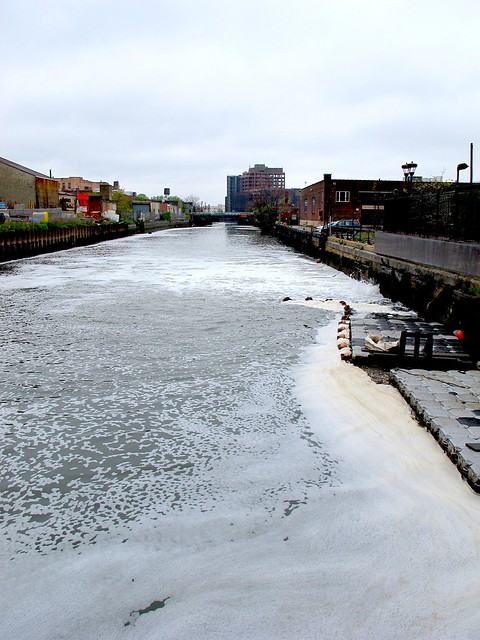


















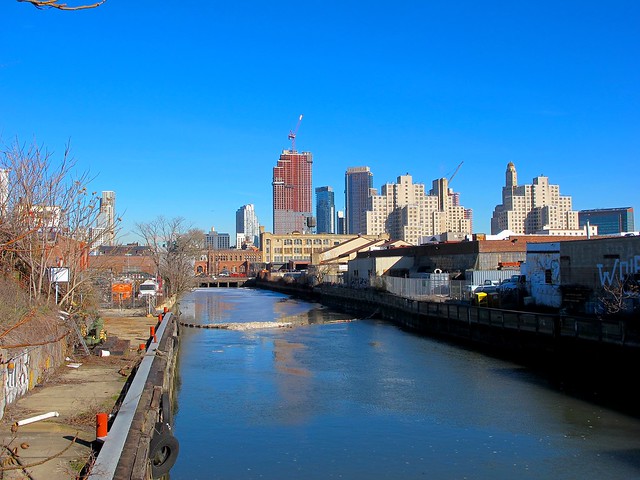
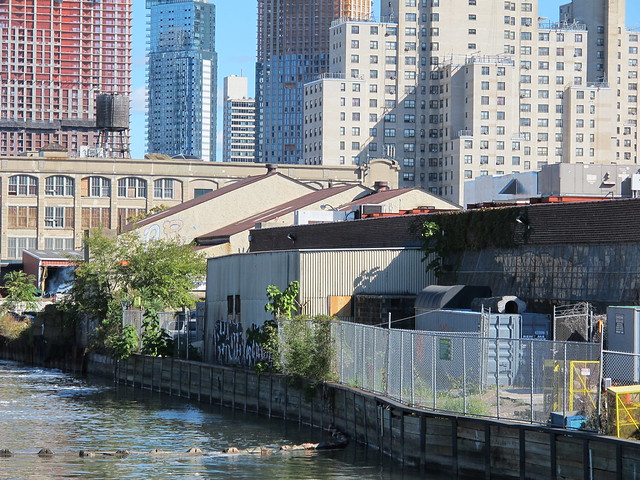
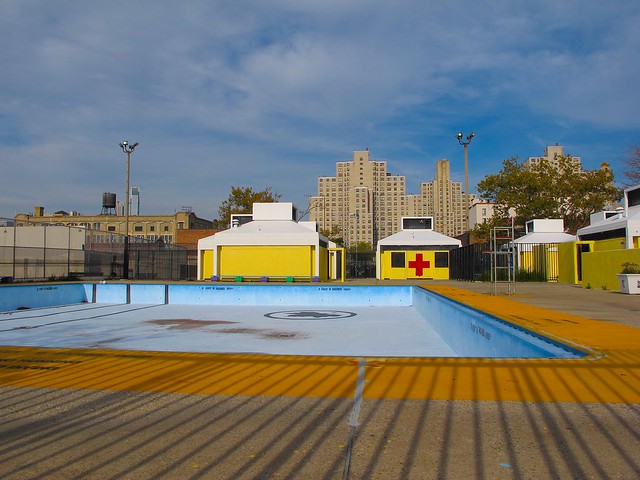

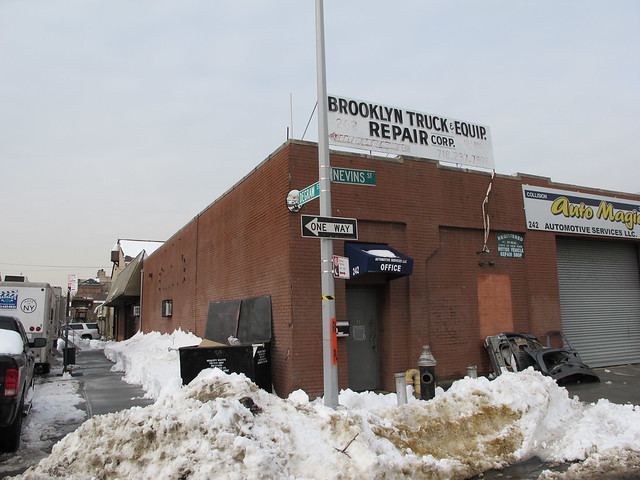
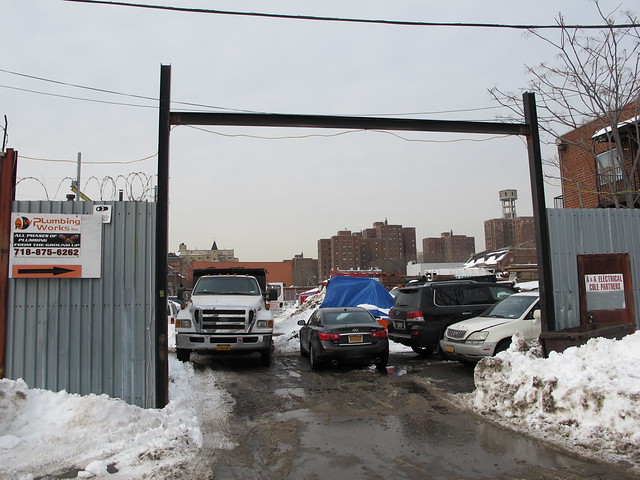
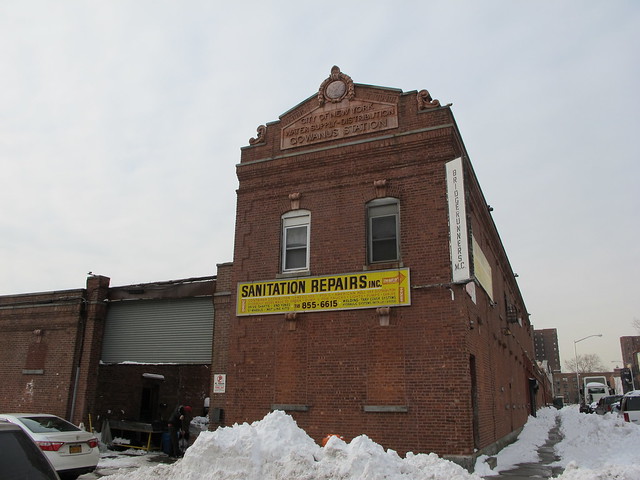
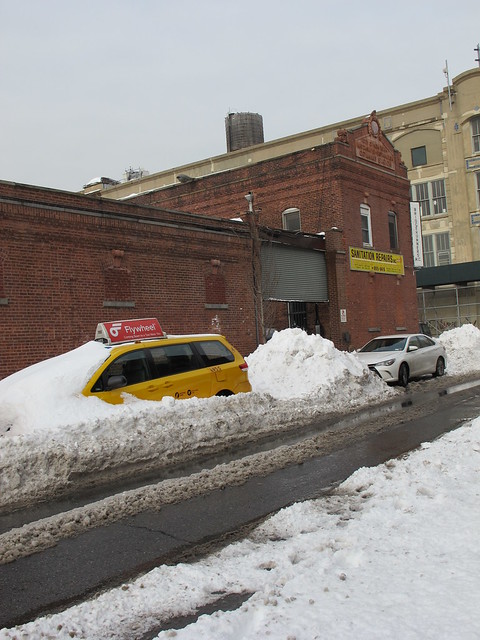
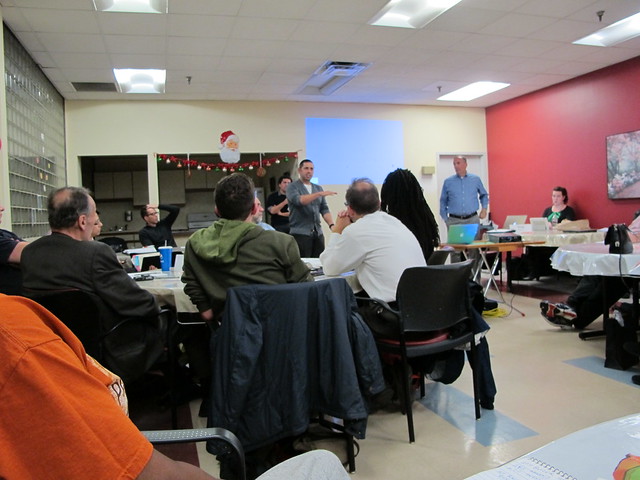
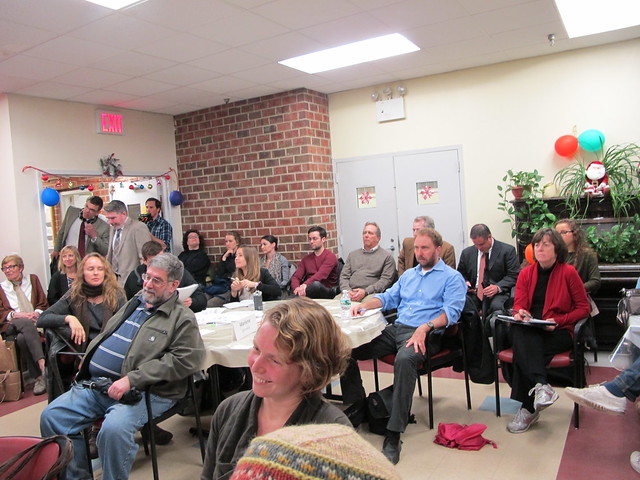

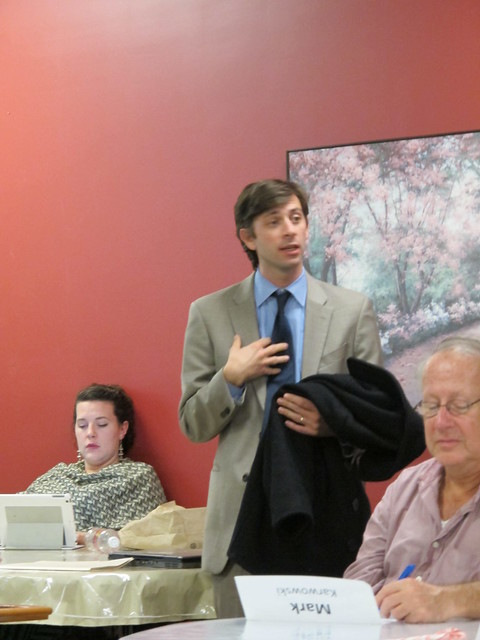
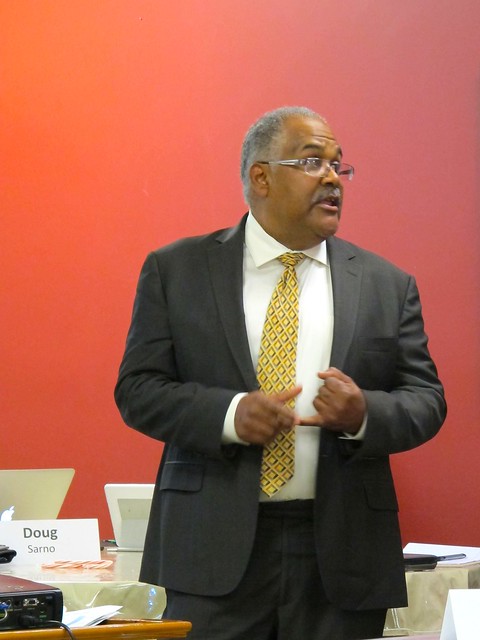
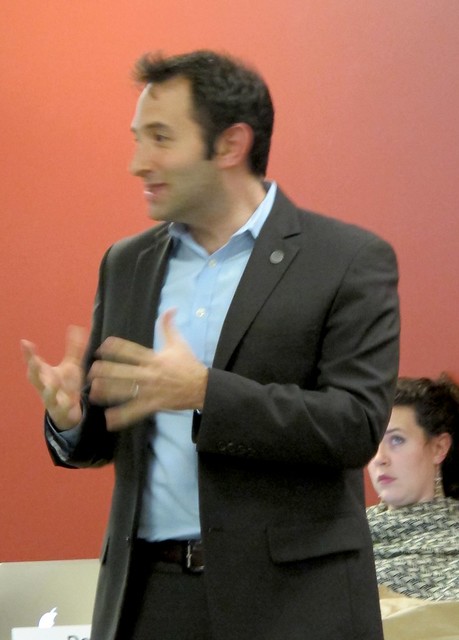














.JPG)
